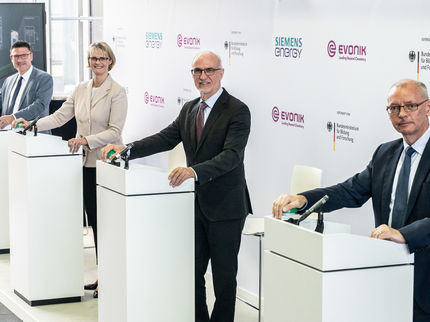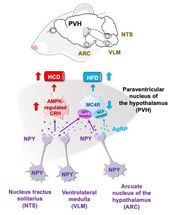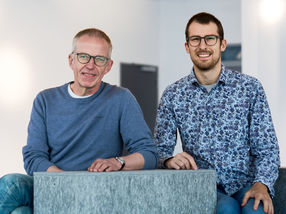Turning poison into a source of energy
A research team lhas succeeded in genetically manipulating the microorganism T. kivui to metabolize carbon monoxide
Advertisement
Genetic changes can occur naturally through evolution or can be initiated with the help of genetic engineering. The bacterium Thermoanaerobacter kivui (T. kivui) was manipulated by a research team led by Stefan Pflügl from the Institute of Chemical, Environmental and Bioscience Engineering at TU Wien in such a way that it can metabolize carbon monoxide. When used in bioreactors, it can contribute to converting synthesis gas, which consists of carbon monoxide (CO), carbon dioxide (CO2) and hydrogen (H2), into valuable products.
Stefan Pflügl and his team recently reported in the journal Nature Communications how T. kivui can be brought to use CO as its sole energy source. In the journal Biotechnology for Biofuels and Bioproducts, the team also reported on their method of genetically modifying T. kivui within twelve days so that it shows the desired characteristic.
Getting used to carbon monoxide
T. kivui grows at high temperatures and is able to produce organic substances from simple molecules such as carbon dioxide and hydrogen. These properties can be used to utilize the bacterium in connection with biomass gasification plants, for example, in order to valorlize synthesis gas produced there from waste biomass such as agricultural residues or wood waste. For example, T. kivui can be used to sustainably produce acetic acid through gas fermentation and, after appropriate genetic modification, ethanol or isopropanol – raw materials that are used as biofuels or chemical feedstocks. This technology can therefore be used to establish a circular carbon economy based on renewable resources.
Carbon monoxide is naturally toxic to many microorganisms, including T. kivui, and inhibits growth. “However, we succeeded in slowly adapting the bacterium to carbon monoxide”, reports Stefan Pflügl, "later it was even able to use carbon monoxide as its sole source of energy and carbon". T. kivui acquired this ability naturally within just a few generations.
A look at the genome revealed to the researchers that a transposon, i.e. a specific mobile DNA segment, is responsible for the new properties.
Speeding up evolution through genetic engineering
This finding not only provides a deeper understanding of how microorganisms adapt to their environment, but also shows how natural evolutionary mechanisms can be used for biotechnological purposes.
Many bacteria have a natural defence mechanism to recognize viral DNA and make it harmless. “This mechanism, also known as CRISPR/Cas genetic scissors, can be used to specifically modify DNA. With our method, Hi-TARGET, genes can be removed, modified or new ones added,” explains Stefan Pflügl. The research team succeeded in developing a bacterial strain that has very similar characteristics to the one that evolved naturally. The new method is not only significantly faster than established methods of genetic engineering, the researchers also achieved a success rate of 100 percent.
The targeted genetic manipulation using Hi-TARGET opens up a kind of playground for researchers: How do the properties of T. kivui change when genes contained in the transposon are overexpressed? And can T. kivui be modified in such a way that the organism can produce more demanding products from substrates such as CO2, H2 and CO, which provide little energy? “The knowledge we have gained from T. kivui can also be transferred to other microorganisms that metabolize gaseous substrates,” says Pflügl with a view to the future.
Original publication
Rémi Hocq, Josef Horvath, Maja Stumptner, Mykolas Malevičius, Gerhard G. Thallinger, Stefan Pflügl; "A megatransposon drives the adaptation of Thermoanaerobacter kivui to carbon monoxide"; Nature Communications, Volume 16, 2025-5-6
Angeliki Sitara, Rémi Hocq, Alexander Jiwei Lu, Stefan Pflügl; "Hi-TARGET: a fast, efficient and versatile CRISPR type I-B genome editing tool for the thermophilic acetogen Thermoanaerobacter kivui"; Biotechnology for Biofuels and Bioproducts, Volume 18, 2025-4-30




























































